PUNCTUATION
PUNCTUATION AND ITS RULES
Punctuation is the system of signs or symbols given to a reader to show how a sentence is constructed and how it should be read.
Sentences are the building blocks used to construct written accounts. They are complete statements. Punctuation shows how the sentence should be read and makes the meaning clear.
Every sentence should include at least a capital letter at the start, and a full stop, exclamation mark or question mark at the end. This basic system indicates that the sentence is complete.
The Basic Signs of Punctuation
the comma ,
the full stop .
the exclamation mark !
the question mark ?
the semi-colon ;
the colon :
the apostrophe '
quotation marks “ ”
the hyphen -
brackets ( ) or [ ]
the slash /
The Comma (,)
The comma is useful in a sentence when the writer wishes to:
pause before proceeding
add a phrase that does not contain any new subject
separate items on a list
use more than one adjective (a describing word, like beautiful)
For example, in the following sentence the phrase or clause between the commas gives us more information behind the actions of the boy, the subject of the sentence:
The boy, who knew that his mother was about to arrive, ran quickly towards the opening door.
Note that if the phrase or clause were to be removed, the sentence would still make sense although there would be a loss of information. Alternatively, two sentences could be used:
The boy ran quickly towards the opening door. He knew that his mother was about to arrive.
Commas are also used to separate items in a list.
For example:
The shopping trolley was loaded high with bottles of beer, fruit, vegetables, toilet rolls, cereals and cartons of milk.
Note that in a list, the final two items are linked by the word ‘and’ rather than by a comma.
Commas are used to separate adjectives.
For example:
The boy was happy, eager and full of anticipation at the start of his summer holiday.
As commas represent a pause, it is good practice to read your writing out loud and listen to where you make natural pauses as you read it. More often than not, you will indicate where a comma should be placed by a natural pause. Although, the ‘rules’ of where a comma needs to be placed should also be followed.
For example:
However, it has been suggested that some bees prefer tree pollen.
Full Stop (.)
A full stop should always be used to end a sentence. The full stop indicates that a point has been made and that you are about to move on to further explanations or a related point.
Less frequently, a series of three full stops (an ellipsis) can be used to indicate where a section of a quotation has been omitted when it is not relevant to the text, for example:
“The boy was happy… at the start of his summer holiday.”
A single full stop may also be used to indicate the abbreviation of commonly used words as in the following examples:
Telephone Number = Tel. No.
September = Sept.
Pages = pp.
Exclamation Mark (!)
An exclamation mark indicates strong feeling within a sentence, such as fear, anger or love. It is also used to accentuate feeling within the written spoken word.
For example:
“Help! I love you!”
In this way, it can also be used to indicate a sharp instruction
“Stop! Police!”
or to indicate humour
“Ha! Ha! Ha!”
The exclamation mark at the end of a sentence means that you do not need a full stop.
Exclamation marks are a poor way of emphasising what you think are important points in your written assignments; the importance of the point will emphasise itself without a sequence of !!! in the text. An exclamation mark should only be used when absolutely essential, or when taken from a direct quote.
The exclamation mark should be used sparingly in formal and semi-formal writing.
Question Mark (?)
The question mark simply indicates that a sentence is asking a question. It always comes at the end of a sentence:
For example:
Are we at the end?
Note that the question mark also serves as a full stop.
Semi-colon (;)
The semi-colon is perhaps the most difficult sign of punctuation to use accurately. If in doubt, avoid using it and convert the added material into a new sentence.
As a general rule, the semi-colon is used in the following ways:
When joining two connected sentences.
For example:
We set out at dawn; the weather looked promising.
or
Assertive behaviour concerns being able to express feelings, wants and desires appropriately; passive behaviour means complying with the wishes of others.
The semi-colon can also be used to assemble detailed lists.
For example:
The conference was attended by delegates from Paris, France; Paris, Texas; London, UK; Stockholm, Sweden; Colombo, Sri Lanka; and Mumbai, India.
Colon (:)
The colon within a sentence makes a very pointed pause between two phrases. There are two main uses of the colon:
It is most commonly used when listing.
For example:
She placed the following items into the trolley: beer, fruit, vegetables, toilet rolls, cereals and cartons of milk.
Or it can be used within a heading, or descriptive title.
Apostrophe (’)
The apostrophe, sometimes called an inverted comma has two main uses.
The apostrophe indicates possession or ownership.
For example:
The girl's hat was green, (girl is in the singular).
This shows the reader that the hat belongs to the girl.
The girls' hats were green, (girls in this instance are plural, i.e. more than one girl, more than one hat).
This indicates that the hats belong to the girls.
Another use of the apostrophe is to indicate where a letter is omitted:
For example:
We're going to do this course. (We are going to do this course.)
Isn’t this a fine example of punctuation? (Is not this a fine example of punctuation?)
The time is now 7 o’ clock. (The time is now 7 of the clock)
Note that a common mistake is to confuse its with it’s.
It’s indicates to the reader that a letter has been omitted.
For example:
It’s a lovely day is an abbreviated way of saying: It is a lovely day.
Quotation or Speech Marks (“….”)
Quotation or speech marks are used to:
To mark out speech
When quoting someone else's speech
For example:
My grandpa said, "Share your chocolates with your friends."
"George, don't do that!"
"Will you get your books out please?” said Mrs Jones, the teacher, “and quieten down!"
It is worth noting that to report an event back does not require speech or quotation marks.
For example:
Mrs Jones told the pupils to take out their books and to quieten down.
Hyphen (-)
The hyphen is used to link words together.
For example:
sub-part
eighteenth-century people
week-end
second-class post
gender-neutral
non-verbal
The hyphen is also used when a word is split between two lines. The hyphen should be placed between syllables at the end of the upper line and indicates to the reader that the word will be completed on the next line.
Computer applications such as Word Processors can be set to automatically hyphenate words for you, although it is more common to use extra spacing to avoid hyphenation.
Brackets ( )
Brackets always come in pairs ( ) and are used to make an aside, or a point which is not part of the main flow of a sentence. If you remove the words between the brackets, the sentence should still make sense.
For example:
“The strategy (or strategies) chosen to meet the objectives may need to change as the intervention continues.”
Another example is as follows:
“We can define class as a large-scale grouping of people who share common economic resources, that strongly influence the types of lifestyle they are able to lead. Ownership of wealth, together with occupation, are the chief basis of class differences. The major classes that exist in Western societies are an upper class (the wealthy, employers and industrialists, plus tops executives – those who own or directly control productive resources); a middle class (which includes most white-collar workers and professionals); and a working class (those in blue-collar or manual jobs).” (Giddens, 1997, p.243)
Square Brackets […]
A different set of square brackets [ ] can be used:
to abbreviate lengthy quotations
to correct the tense of a quotation to suit the tense of your own sentence
to add your own words to sections of an abbreviated quotation.
To abbreviate lengthy quotations in an essay or report
“We can define class as a large-scale grouping of people who share common economic resources, that strongly influence the types of lifestyle they are able to lead. Ownership of wealth, together with occupation, are the chief basis of class differences. The major classes that exist in Western societies are an upper class […]; a middle class […] and a working class […].”
(Giddens, 1997, p.243)
To adjust a quotation to suit your own sentence
For example, if you were writing about class structure, you might use the following:
According to Giddens, (1997, p.243) the “[o]wnership of wealth, together with occupation, are the chief basis of class differences”.
Note, that when using square brackets, only the occasional letter as in the above example or the occasional word (for example when changing the tense of the sentence) would be placed in square brackets in this way.
Slash (/)
Many people use the slash instead of or, and etc., but this is not always helpful to the reader. There is, however, a modern convention in gender-neutral writing to use ‘s/he’.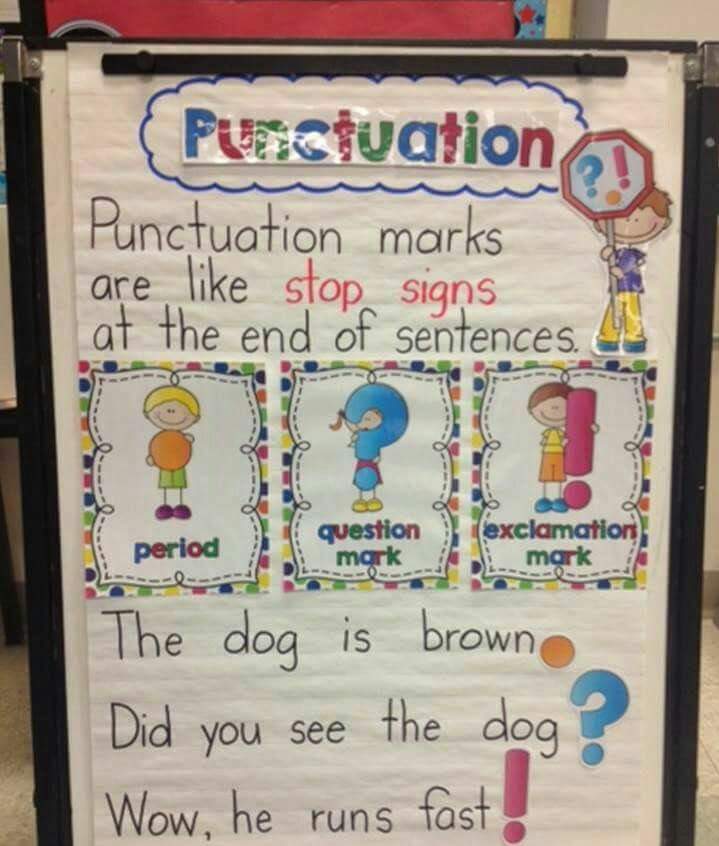
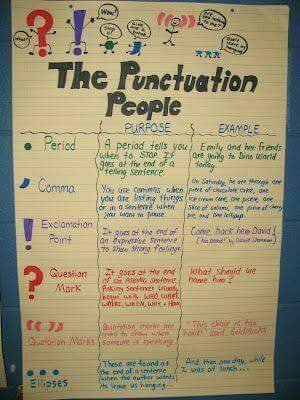
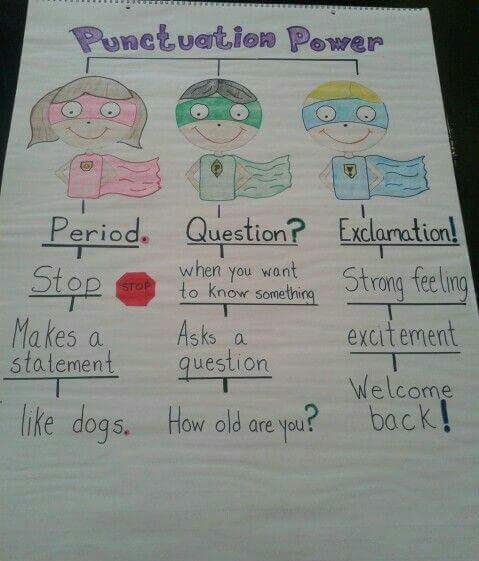
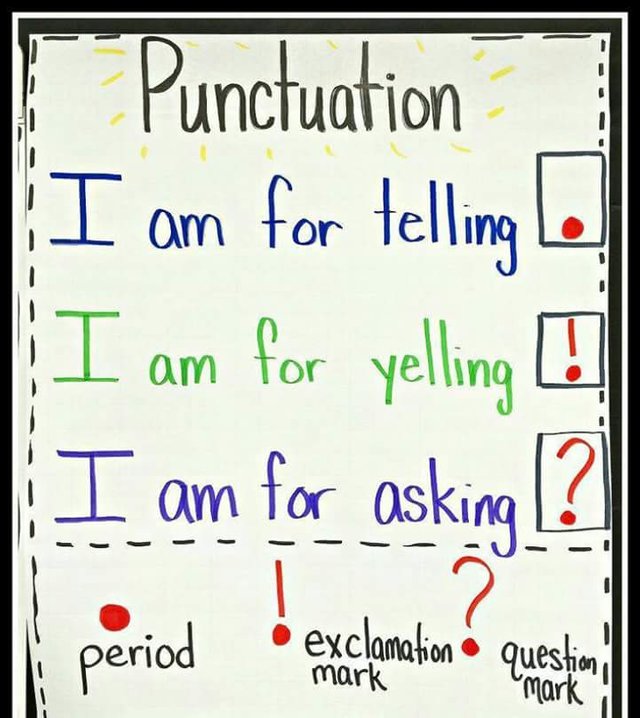
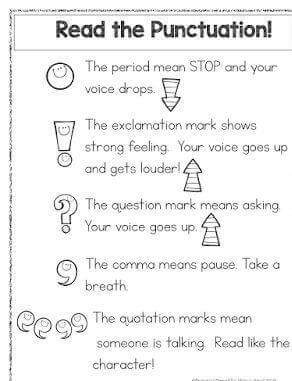
I follow and up-vote i will do the same for you
IT IS TOO HARD TO READ FOR ME :-)
Nice
Sir mere 3&4 class ke bacche hai app ki is educational post mereku buhut helpful hoga thanks you
Thnx for appreciating
up-vote...nice work
its important for full fill any sentence...
sharma ji,
i all ur post voted plzzzzz post a new story.
so i vote there
I follow and up-vote i will do the same for you